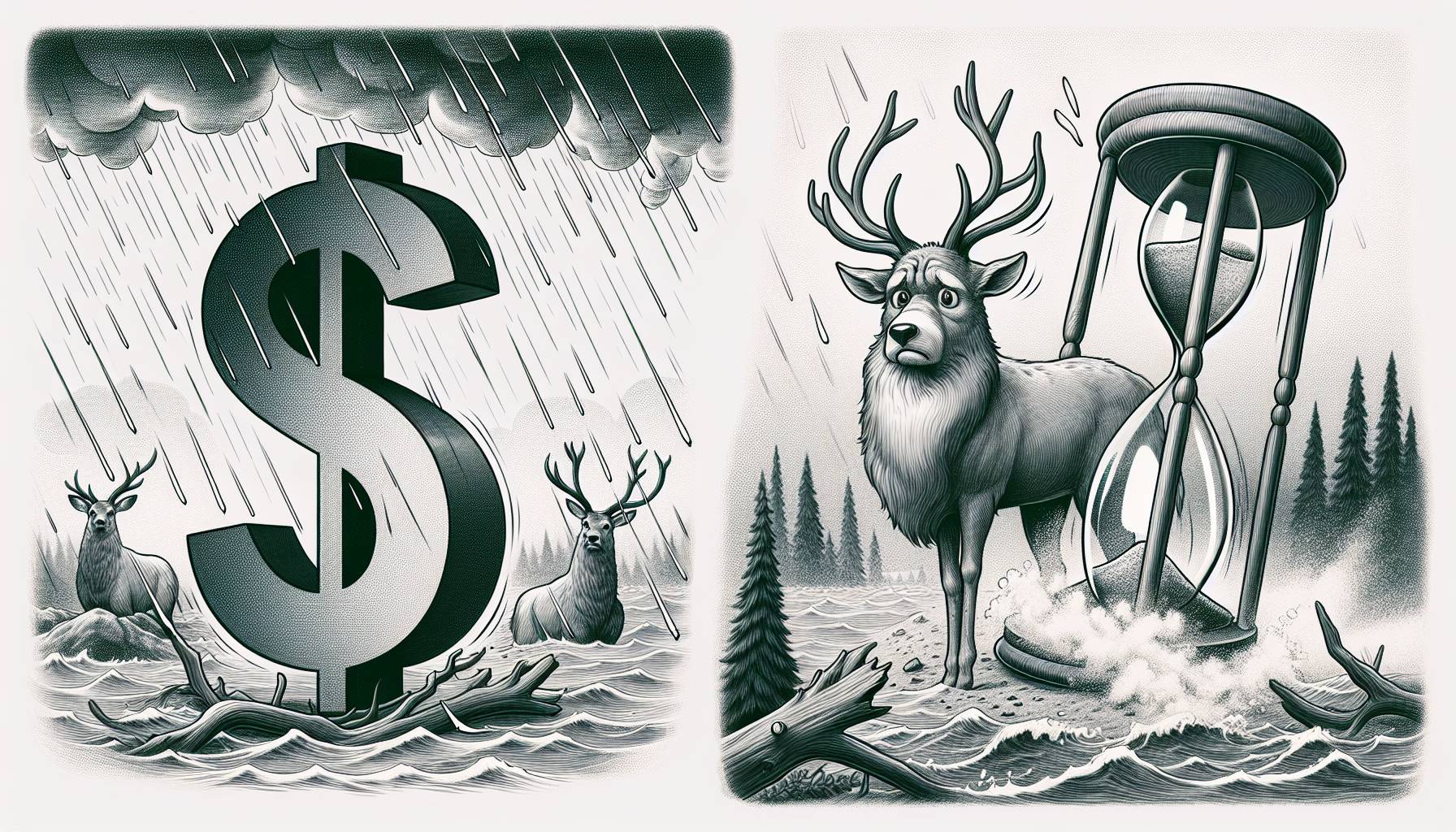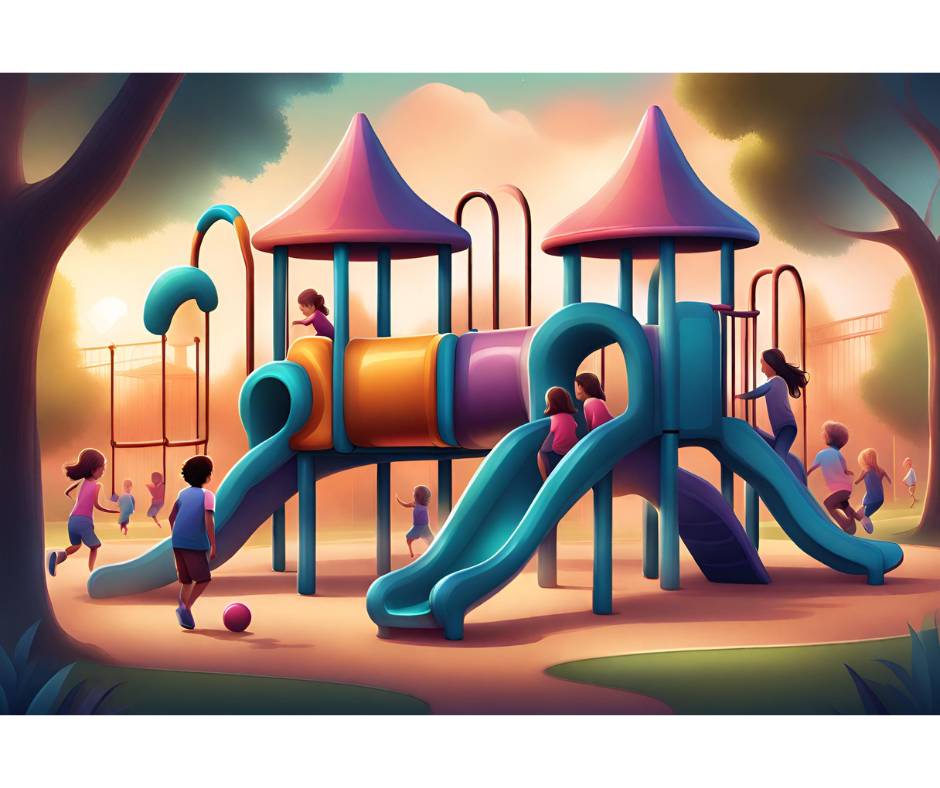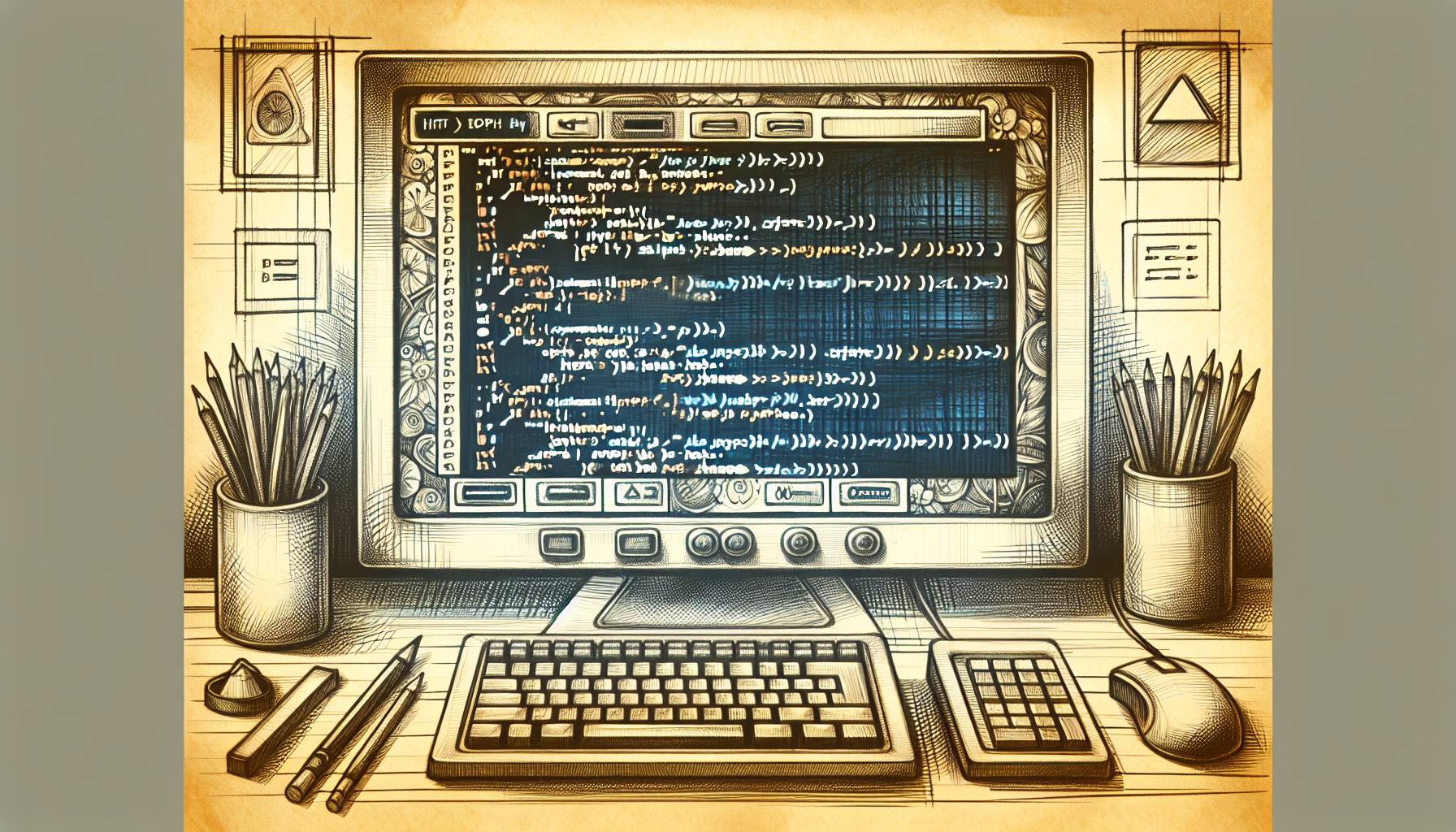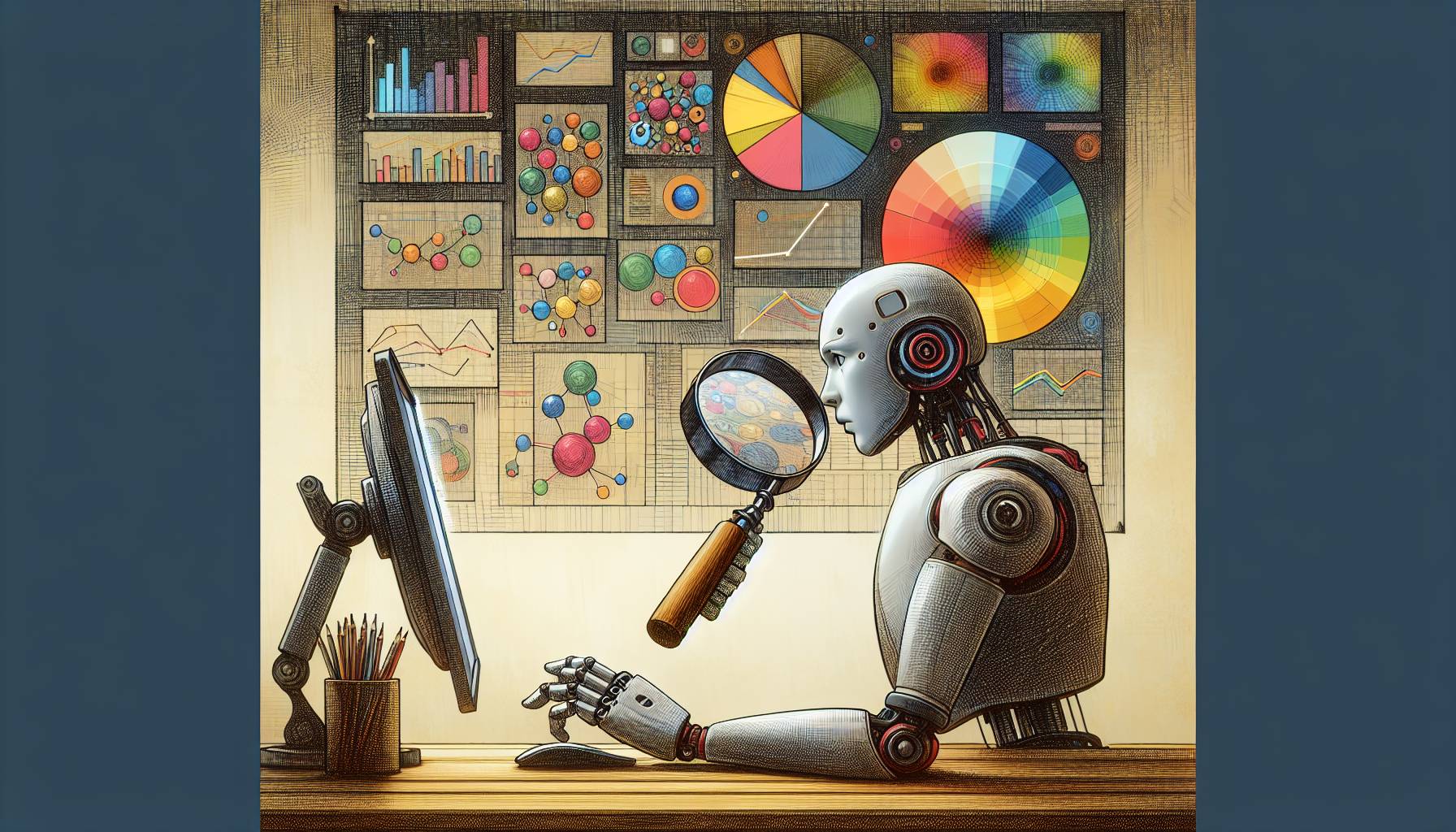Amazon unveiled its 7-inch Kindle Fire Android tablet this morning, and it doesn’t look much of anything like an iPad. It also could be among the biggest threats Apple has faced yet because it’s only $199.
The Kindle Fire takes a lot of its steps from Amazon successful line of Kindle e-reader devices. Those things are universally kind of small and portable and usually not too flashy. The Kindle Fire is like that as well; it’s smaller than an iPad by a substantial margin, and that makes it seem fundamentally different.
Under the hood, though, is where Amazon has made some sacrifices on the altar of price. The iPad 2 is a better machine with better hardware, although the Kindle Fire includes a dual-core processor. It also weighs only 14.6 ounces. It runs on Google’s Android operating system as a framework, but it seems that Amazon has pretty well altered that software to make it something fairly different from the Android we’re used to seeing.
At least from a preliminary standpoint, when it comes to hardware, the Kindle Fire won’t be a top-of-the-line tablet from any stretch, but it won’t be incapable, either. The smaller screen size may turn some people off, but provided the Kindle Fire has developer support, it should be able to handle many of the apps that are currently out there. It’ll have trouble with the high-end stuff, though, more than likely.
Strength in Amazon’s media support
It’s Amazon’s built-in features, however, that will make it appealing. Right out of the gate, the Kindle Fire is going to make heavy use of cloud computing, a bandwagon Apple is just now getting on board with iOS 5. Using Amazon’s Whispersync technology, users will be able to sync apps, books, movies, music and other content with the Kindle Fire over the Internet at any point, and they won’t need to store any of that content locally. You can download an app from the Amazon Appstore, use it, delete it, and download it again from another Wi-Fi hotspot, no problem. Whispersync also keeps track of where you are in the e-books you’re reading – a feature the Kindle apps on various platforms already enjoy – or where you are in the movie you’re watching using Amazon Prime Instant Video.
Whispersync should work well if its current incarnation is any indication, although it won’t be far-and-away different from what Apple’s devices will be capable of using iOS 5. The next version of Apple’s operating system also saves apps, music and other content in the cloud automatically, and lets users delete it from their devices and resync later.
Amazon is also rolling out a cloud solution to mobile browsing called Amazon Silk. The software works with Amazon’s servers when loading web pages on the tablet to prioritize elements on the web page, sending some to be rendered by a server in the cloud while others get rendered by the tablet. So if you load up CNN.com, to use the example chosen by Amazon CEO Jeff Bezos, the Kindle Fire might use its internal resources on loading the web page’s text while letting the cloud server handle the images. The result, of course, is faster web browsing.
And then there’s Amazon’s overall framework to consider. The Kindle Fire is going to key into Amazon.com natively, sync all its Amazon-distributed content through Whispersync, and work right out of the box with features like Amazon Prime Instant Video and the Amazon Cloud MP3 Player. That’s bad news for Apple because, like itself, Amazon has all the cool things people want to do with tablets at the ready when they buy the Kindle Fire. Movies, music, an already popular app store and the framework of Amazon.com’s retail face should make the Kindle Fire pretty formidable.
Yeah, but what about apps?
One question remains, however: what about apps?
It’s true that the Amazon Appstore has, in just a few months, garnered significant attention from the Android-using crowd. That and Google Android running under its hood will give it significant app stability when it launches on Nov. 15. However, there’s still that pesky issue of fragmentation – there are Android apps that work with some devices and not others because of all sorts of compatibility problems between them. Amazon is introducing a new tablet with a 7-inch screen, and that basically means that for many apps, Amazon is at the mercy of whether developers choose to make their products compatible.
Now, it’s pretty likely that the $199 price point will put a lot of Fires in a lot of hands, and that’ll mean developers will want to make apps for the device. But Amazon isn’t exactly being championed for its treatment of developers in the Amazon Appstore, and without app support, the Kindle Fire could struggle in the long term against Apple and iTunes’ incredible stock of software.
Perfectly priced
But still, there’s that price tag. At $199, the Kindle Fire bests the iPad by a minimum of $300, and all the cool new services that Amazon has been releasing lately, from the Cloud Player to the deal with FOX for a bunch of new streaming video content, has been leading to this point. Amazon is coming into the game with a full stable of features for their tablet, plus an app store framework in place. Over the next month, expect Amazon to be working with developers to make sure there are plenty of apps ready to go, as well.
So can a Kindle set fire to the iPad’s empire? Honestly… no, probably not. The iPad 2 remains the most fully featured tablet out there, and that’s not changing anytime soon. In fact, Apple’s device is going to get even more powerful with the release of iOS 5, when it will match most of the features Amazon is touting today.
But there are a heck of a lot of people who can’t or won’t drop $499 on an iPad 2 anytime soon, either because they can’t afford to or because they don’t see enough value for the price. Amazon is catering specifically to them with the Kindle Fire. It should easily dominate a market full of people interested in tablets but unwilling to take a $500 plunge. A knee-deep $199 will make a whole lot of sense to them.












